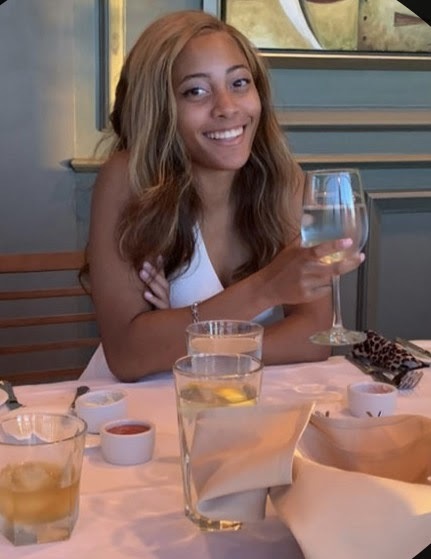
Dual enrollment was started in 1955 by a university provost who believed that students completing their senior year in high school were not challenged academically and needed to utilize that time to be introduced to college. According to a 2019 report published by the U.S. Department of Education, 34 percent of students took courses for postsecondary credit in high school. Fifteen-year-old Charity King is an exception to the standard. Her intellectual prowess allowed her to take college courses at Bishop State while she was still in middle school.
“She was a 13-year-old with a 24 on the ACT, so she had scored high enough that she didn’t have to go to any developmental classes. She could go straight into all 100-level courses at Bishop,” said Dr. Tammy Dennis, King’s mom. Although the high ACT score made King eligible for dual enrollment, her age raised concerns because she would be a young child in a class with adults. Dr. Dennis was told King would need to take the ACCUPLACER test–a college placement test that is administered by the College Board–to affirm her ability to start courses at the 100-level. Her performance proved she was, in fact, ready for 100-level courses in college.
After a few more steps–including an official admittance letter from Bishop State Community College President Dr. Reginald Sykes–King was permitted into the Dual Enrollment Program while completing middle school. “I was really excited to try it, and then I did it, and I was like ‘Ok this is fun,’” King said of her experience at Bishop State. Due to her age, a parent or guardian had to accompany her to class. “I had to accompany her–initially–to all of her classes,” Dr. Dennis said. To ensure she followed the rules, King’s mom would sit outside of her classroom after work.
Dr. Dennis realizes some parents may believe their work schedule will not allow them to attend class with their child, but Bishop State offers flexible schedules for busy students and/or their parents. “Four summers will get you two years [of college]… So however you want to do it, just get it done,” she said.

If King’s grades are any indication of her enthusiasm for being in the program, one may say college was a blast for her. She graduated with a 4.0 GPA and an Associate’s degree before starting her junior year in high school. She enjoyed college so much that she wanted to bypass high school altogether. “She started the first week of high school, and then she said ‘Momma, I hate high school,’” Dr. Dennis said. King credited Bishop State’s personable faculty and engaging curriculum for her excitement around college.
For teens who are fearful of committing to the Dual Enrollment Program, King offers this advice: “...It’s OK to sacrifice your social life… Every moment isn’t going to be THE moment... Just because you miss a game, it doesn’t mean that everything is over and no one will know you.”
For parents who may be reluctant to enroll their high school (or middle school) teen in college, Dr. Dennis offers the following perspective: “[Enrolling King in Bishop State’s Dual Enrollment Program] was one of the best decisions I could’ve ever made. Because 13/14-year-olds are kind of a captive audience. They haven’t gotten as caught up in a whole bunch of other stuff, and so they kind of focus on school better… If you can get them interested in college at a time when they think college is like summer camp, it can change the world.”
If you’re interested in enrolling your child in the Academic or Technical Dual Enrollment Programs at Bishop State, click here to learn more about it.